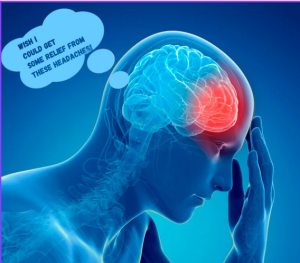Shoulder
- Rotator cuff tendonitis most commonly results from repetitive motions and stress along with imbalances in strength and flexibility of the muscles of the entire shoulder girdle, neck and upper back. The altered forces result in one or more of the tendons taking more of the load, and becoming inflamed and painful. Treatment will focus on restoring balance between the muscles in the shoulder girdle, neck and upper back. This will ensure that all the muscles are doing their fair share of the work, allowing you to go back to using your shoulder without pain or increased risk of injury.
- Impingement syndrome: is similar to rotator cuff tendonitis in that the tendons typically are the source of the pain, but not necessarily the problem. Again, muscle imbalances in flexibility and strength tend to be at the root of this condition as well. These imbalances result in altered control of the shoulder blade and arm and “pinching” of the tendons as the arm is raised over head, reaching behind the back or performing overhead sports motions, such as throwing, serving in tennis/volleyball or swimming. We will thoroughly evaluate the strength, flexibility, joint mobility and muscle activation of the entire shoulder complex, neck, upper and middle back, and rib cage to determine the best course of action to restore normal function of your shoulder, eliminate your pain and return you to your desired activity level.
- Bursitis: a bursa is a small fluid filled sack that commonly lies on top of boney area that is bumpy or a point of stress where muscles or tendons cross over it. This acts as a pad and lubricating surface to transfer stress of the muscles and tendons so they do not rub, fray and or get irritated with normal motions. Again, increased stress on these structures whether it is from repetitive motions or increased tension in the muscles/tendons that cross over them, are typically at the root of the cause. We will thoroughly evaluate the strength, flexibility, joint mobility and muscle activation of the entire shoulder complex, neck, upper and middle back, and rib cage to determine the best course of action to restore normal function of your shoulder, eliminate your pain and return you to your desired activity level.
- Second rib syndrome: what do your ribs have to do with your shoulder you might be asking? As it turns out a real lot! Some of the nerves that go to the back of your shoulder travel between your upper ribs. If these ribs get restricted and or shift slightly up or down due to increased muscle tension or a minor likely unnoticed trauma, the information to your shoulder becomes altered, resulting in altered muscle activation, and sensory information going back to your brain. This altered signal results in pain and poor movement patterns of the shoulder. If it is determined that your ribs are likely contributing to your shoulder pain restoring motion of the ribs is critical. Joint manipulation is a very effective treatment, and then following it up with stretching and strengthening of the muscles in the area typically clear up the shoulder pain quickly.

 Our
Our